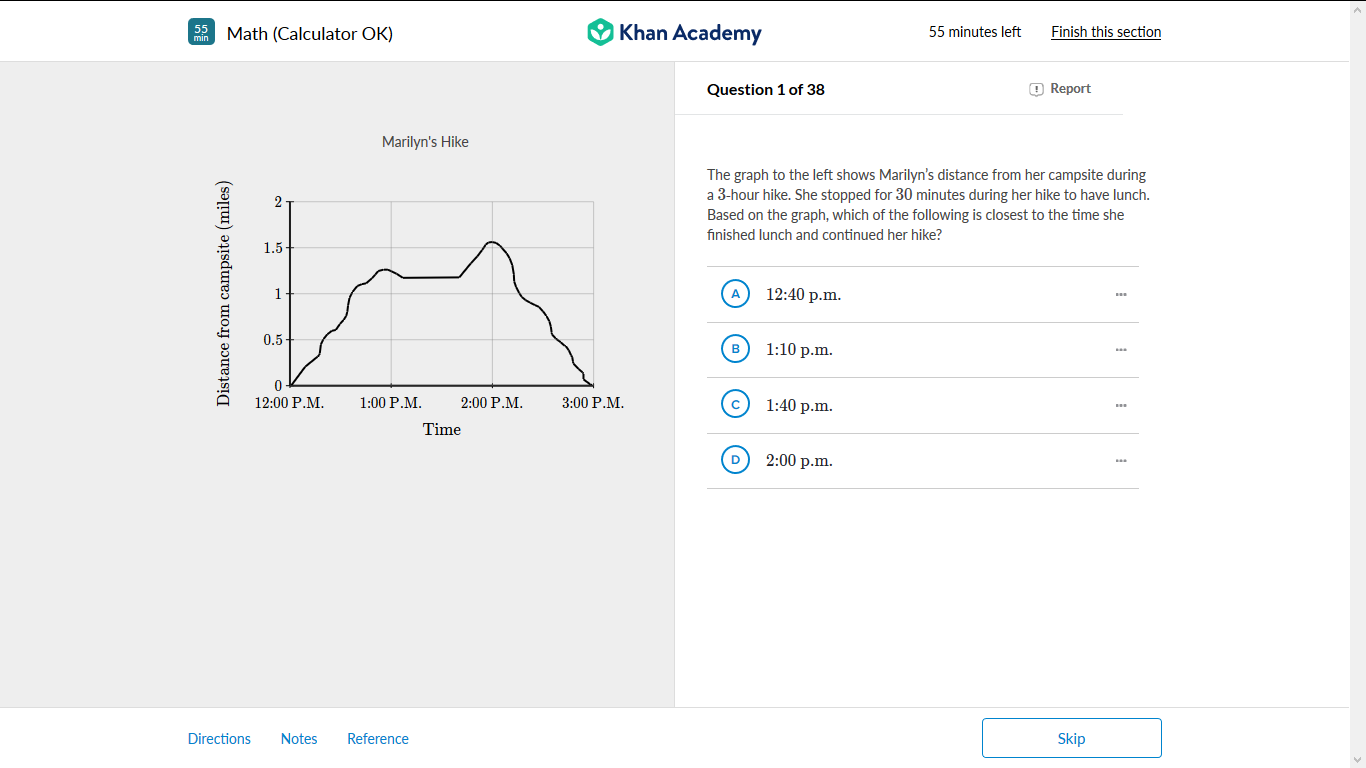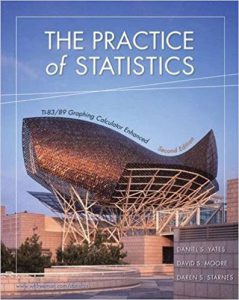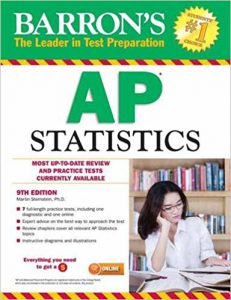The distance, time graph show the position of Mrs. Kanha goes to different places from her home. Mrs. Kanha drove to a bookstore from her house to buy some books for her kids. After, her purchase on -the bookstore, she then drove to the gym to exercise so she remains fit and strong. Finally, she drove to her kids’ school to pick them up. The diagram below shows the distance, time graph of Mrs. Kanha.

Questions:
- How far is the bookstore away from the house?
- How far is the school to Mrs. Kanha home?
- Mrs. Kanha driving speed from her home to the bookstore was 8 km/h slower than her driving speed from the school to her home. Form an equation in x and solve it.
- Hence, express the time that Mrs. Kanha spent driving as a percentage of her whole journey.
Solution
- The distance from the house to the bookstore is 20 km.
- The distance from the school to Mrs. Kanha house is 25 km.
- First, we need to find the driving speed from her home to the bookstore.
Which give us that speed= 20 km / x minutes
Now, the unit is in km/minutes, we need to time 60 to the numerator to convert to km/hr, so that we can plus it with the 8 km/hr that they give us.
= (20 * 60) / x
= 1200 / x
Second, we need to find to the driving speed from the school home.
Then, speed = 25 / 210-(x+105)
After we have that, we need to do the same thing to make this to km/hr.
Speed = 25 * 60 / 210-(x+105)
= 1500 / 210-x-105
Third step is to take these two values and the information that they provide and turn to an equation.
The easiest way is to make a words based equation and for this example there are three way you can set up.
Therefore, the equations are:
1. Home → bookstore + 8 km/hr = school → home
2. School → home – home → bookstore = 8 km/hr
3. School → home – 8 km/hr = home → bookstore
For this example, let’s pick equation number one.
(1200 / x )+ 8 = 1500 / 105-x
(1200 / x) + ((8*x) / (1*x)) = 1500 / 105-x
(1200+8x) / x = 1500 / 105-x
1500x = (8x + 1200)(-x + 105)
1500x = -8x^2 + 840x – 1200x + 126000
8x^2 + 1860x – 126000 = 0
(8x^2 + 1860x – 126000) / 4
2x^2 + 465x – 31500 = 0
Now, we need to solve of x, there are many way we can solve of x, we can factor, graph and solve it or you can use the quadratic formula to isolate x.
For this example, let use the quadratic formula because the other option is very hard to deal with huge numbers.
Coefficient are: a = 2 ; b = 465 ; c =-31500
Quadratic formula: x = -b +- sqrt(b^2 – 4ac) / 2a
Plug it a,b and c: x = -465 +- sqrt(465^2 -4(2)(-31500) / 2(2)
Solve: x= -465 +- sqrt(216225- -252000) / 4
x= -465 +- sqrt(468225) / 4
x=54.817 or x=-287.317 (rejected)
So, x=54.817 because there is no negative time.
4. To figure out Mrs. Kanha total driving time, we need to find out her total time of her journey and minus it with her rest time.
Find her total time: x+(x+46)+(x+97)+(x+105)+210
Plug the value of x in: 677.27 minutes
Her total time = 677.27 minutes
Her total rest time: (((x+46)-x)/3)*2)+((x+97)-(x+46))
Equal= 81.66 minutes
Then, we take her total time – her total rest time to find her total driving time
677.27 – 81.66 = 595.61 minutes
Required percentage = 595.61/677.27 * 100 = 87.9%
So, the percentage that she is driving compared to the whole trip is 87.9%




